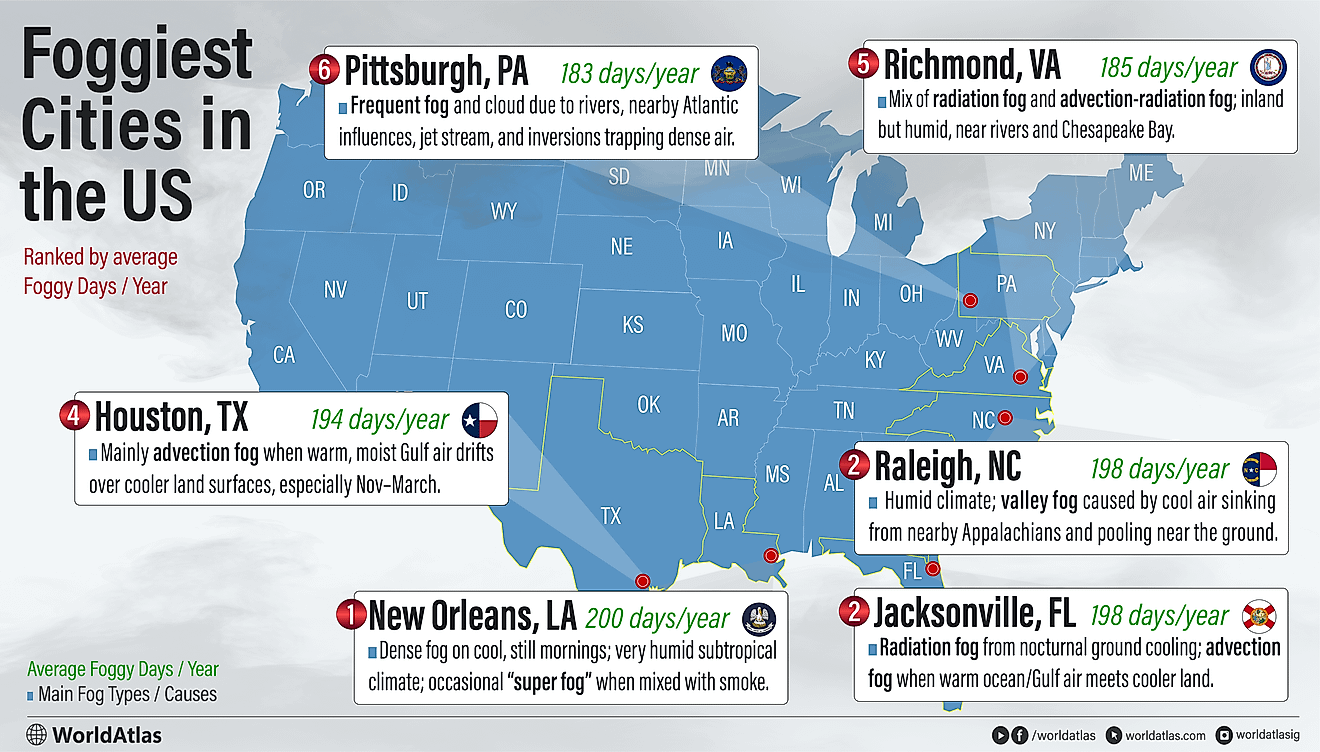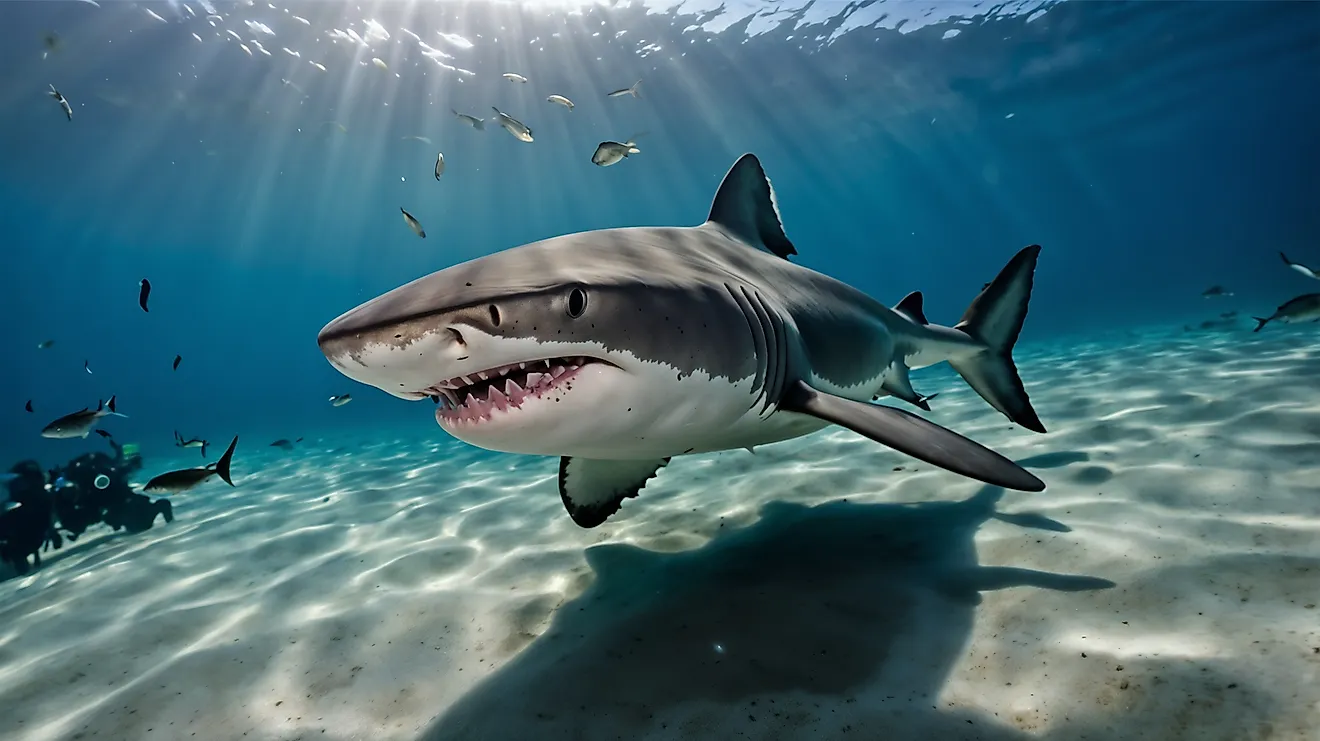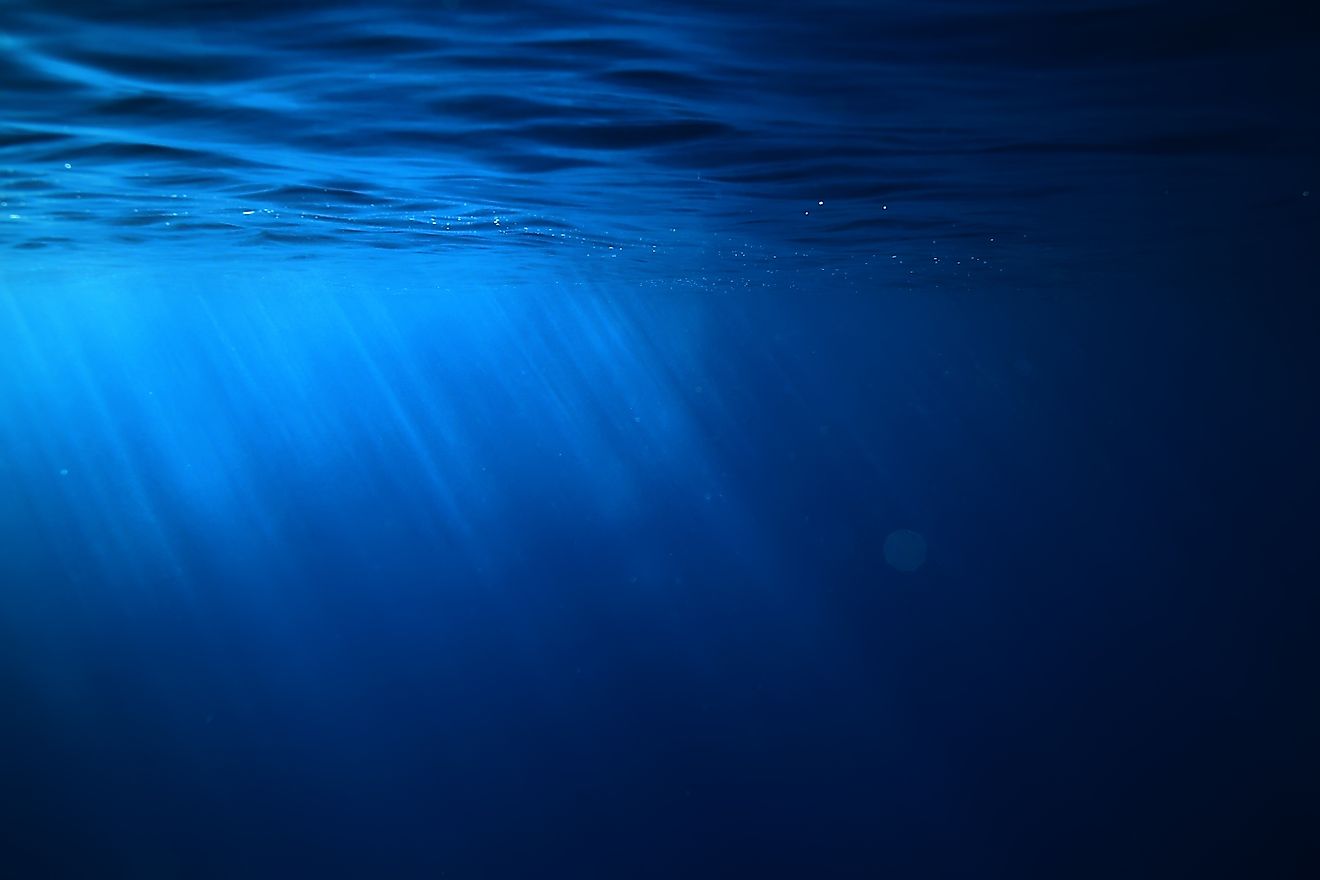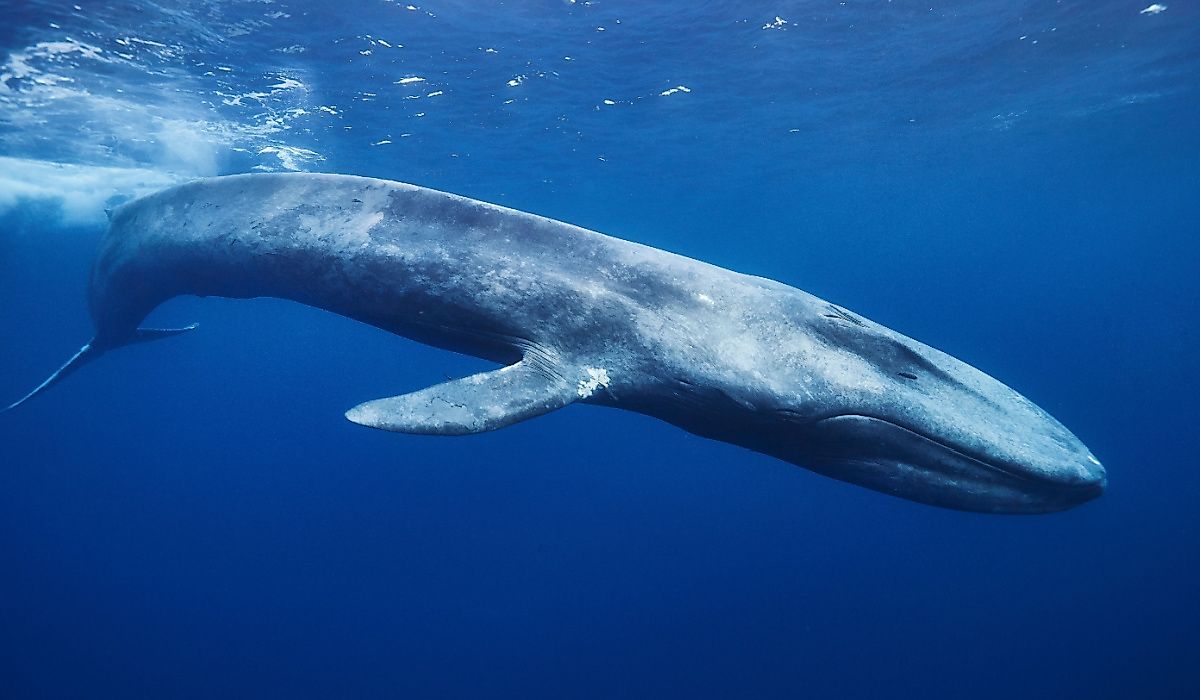
The Blue Whale’s Car-Sized Heart
The blue whale (Balaenoptera musculus) is so outsized that every statistic about it seems pulled from science fiction, yet none is more arresting than the heart.
A single blue whale's heartbeat moves more blood than a grown person holds in their entire body, and the organ itself, roughly five feet long, five feet tall, and four feet wide, tips the scales at about 400 pounds! That is heavier than an oil drum filled with fuel and only slightly lighter than an upright piano.
Understanding why the blue whale’s heart is "car-sized" is a masterclass in biological engineering: the physics of scaling, the demands of deep diving, and the energy economics of a 100-foot, krill-eating mammal all converge in this one magnificent structure.
Bigger, Yet Proportionally Small
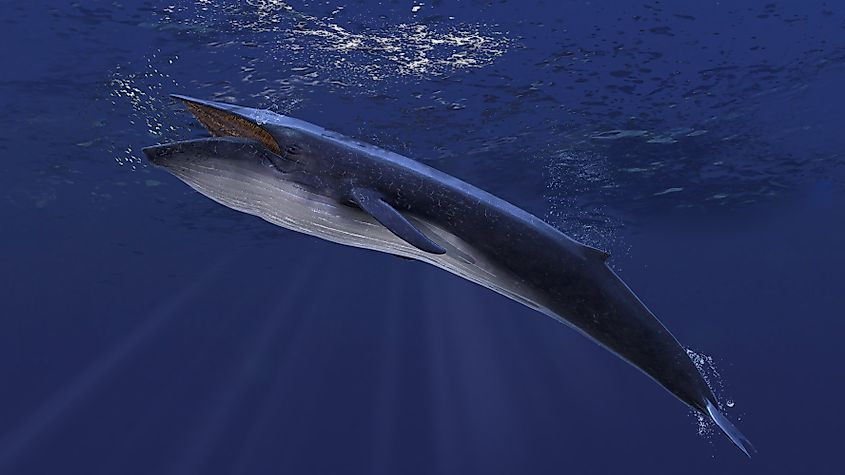
To human eyes, the heart of a blue whale seems absurdly large, but relative to body mass, it is actually conservative: it accounts for only about 1 percent of total weight, a similar fraction to that of most mammals.
What makes the heart seem monstrous is the absolute scale of everything else. At up to 330,000 pounds, a blue whale outweighs the largest African elephant more than 30-fold; even if the heart remained just 1 percent of that bulk, it would still be the heaviest heart on the planet. Because volume, and therefore weight, rises with the cube of length, any organ that must deliver blood from snout to fluke has to expand dramatically as the animal gets longer.
A 30-pound elephant heart can serve a creature 12 feet tall. Stretch the body to 100 feet, and you need an organ more than ten times that mass to maintain the same pressure gradients and flow rates.
Engineering A Living Hydraulic Pump

Where sheer size ends, clever design begins.
Each contraction of a blue whale’s left ventricle ejects roughly 60 gallons of blood, enough to fill a bathtub, into an elastic aorta that behaves more like an auxiliary reservoir than a stiff pipe. Researchers studying carcasses have found the aortic wall so springy that it continues to squeeze gently between beats, smoothing pulsatile flow and preventing pressure from crashing while the heart takes its next leisurely pause.
That "windkessel" effect, familiar to engineers designing hydraulic dampers, allows the whale to get away with far fewer beats per minute than a smaller mammal could survive. Moreover, thicker ventricular walls and reinforced valves resist the immense hydrostatic pressures encountered when dives exceed 300 meters.
If a human heart were scaled up without those architectural tweaks, its own weight would tear the tissue. Evolution solved the problem with extra collagen scaffolding and a fiber orientation that distributes stress along helical lines, much like a ship’s wooden hull grain.
Hearts That Slow To A Whisper
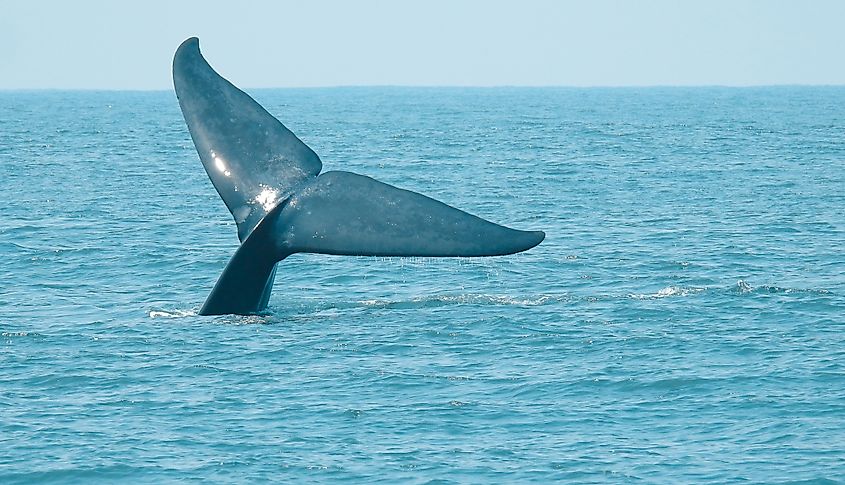
Nothing illustrates the purpose of that architecture better than the blue whale’s heart-rate gymnastics.
Data from suction-cup electrocardiogram tags show the pulse can drop to an astonishing 2 bpm (beats per minute) during the deepest part of a foraging dive and then accelerate more than tenfold as the animal returns to the surface to breathe. This extreme bradycardia reduces oxygen consumption, letting the whale stretch a single lungful of air across 15 to 20 minutes underwater. At the peak of a lunge-feeding ascent, however, rates spike to between 25 and 37 beats per minute, close to the theoretical maximum for an animal of its size, so that oxygen-rich blood rushes to power the final stroking bursts and flush accumulating carbon dioxide.
Marine physiologist Jeremy Goldbogen and colleagues' modelling suggests that if heart rate climbed much higher, the refractory period of cardiac muscle would prevent full filling, and output would actually decline, setting an upper limit that may explain why blue whales, though gigantic, are not even larger.
Fueling Ocean-Scale Migrations
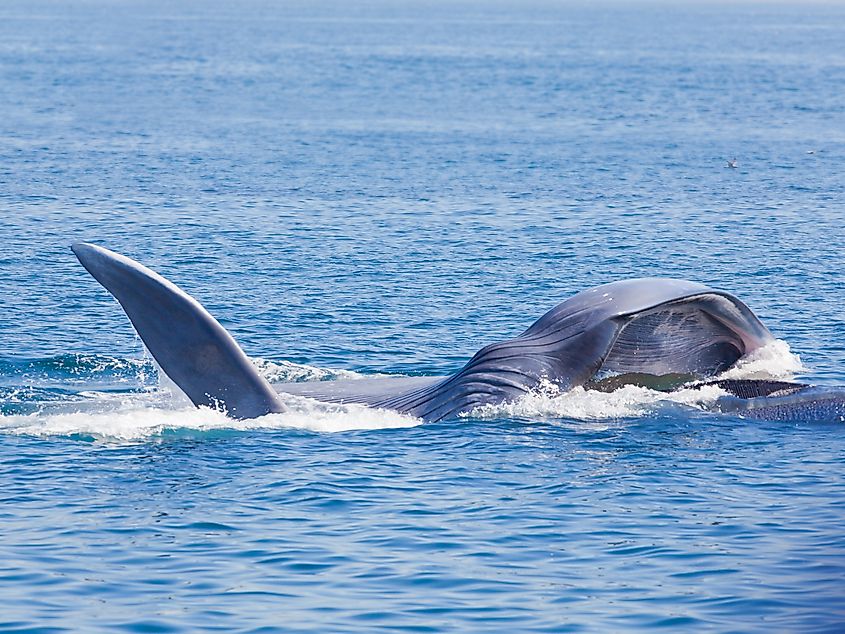
A giant heart is also a passport for long-distance travel. Blue whales commute thousands of miles each year, swapping the feast of polar summers for the relative safety of low-latitude nurseries in winter. Each mile demands aerobic work, and while cruising metabolic rates are modest for their body mass, the total oxygen load is colossal, on the order of 10 tons of blood cycling continuously through arteries that, in places, are wide enough for a child to crawl through.
The blue whale’s cardiac output, multiplied over a months-long migration, represents energy transfer rivaling that of mid-sized rivers.
Yet because the heart beats so slowly, the muscle itself avoids the punishing heat and nutrient costs that would plague a faster-pumping organ. In effect, the whale pays a one-time price in anatomy to reap lifelong savings in metabolic overhead.
Life Starts (And Ends) With Cardiac Abundance

A newborn blue whale calf measures 25 feet and weighs 3 tons; to fuel growth of nearly 200 pounds a day, it drinks more than 50 gallons of 40-percent-fat milk. The mother’s cardiovascular system, scaled for titanic flow, handles that extra demand without breaking stride, delivering nutrients both to her own swimming muscles and to the mammary glands that sustain her calf.
When, decades later, a whale dies, the same nutrient-rich organs begin another chapter of service. Sinking to the sea floor, the carcass becomes a "whale fall" that can support deep-sea communities for generations. The heart, dense with proteins and lipids, is among the first organs colonized by scavenging hagfish and bone-worms, jump-starting an oasis in the abyss and redistributing the nitrogen and iron the whale once pumped through its veins.
A Specimen That Reshaped Human Imagination
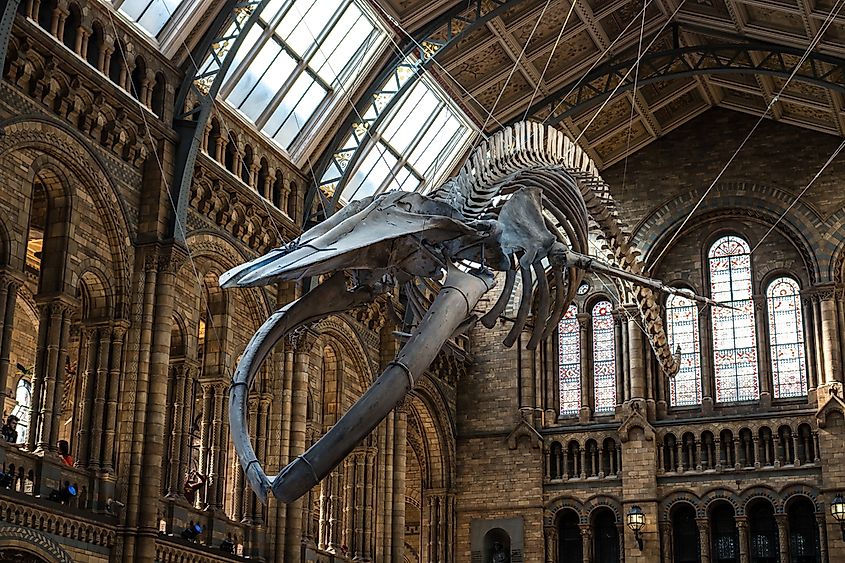
Because intact blue whale carcasses are rarely found washed ashore, scientists had to wait until 2014 for the chance to preserve a complete heart. When nine whales washed ashore in Newfoundland, technicians from the Royal Ontario Museum spent four days elbow-deep in a 76-ton female, finally wresting the 200-kilogram organ free and perfusing it with 3,200 litres of formaldehyde before shipping it to Germany for plastination.
Today, the heart stands in Toronto like a reddish monolith, while full-scale fiberglass replicas built by New Zealand’s Human Dynamo Workshop tour museums from Dana Point, California, to New Bedford, Massachusetts. Visitors can step inside the chambers, hear a booming heartbeat at 20 Hz, and appreciate viscerally what textbooks could never convey: the humbling marriage of form and function forged by 48 million years of evolution.
A Heart Sized For A Planet-Spanning Life
Calling the blue whale heart "car-sized" undersells its sophistication and necessity. The organ is not an evolutionary indulgence but a precisely proportioned machine tuned to the whale’s extreme life history: the need to traverse half an ocean on a single fueling stop, to harvest clouds of krill with lunges that dwarf a city bus, to descend hundreds of meters where pressure triples and light disappears, and to do it all on a pulse that sometimes pauses for 30 long seconds.
Evolution solves big problems by balancing many small ones: tissue strength, vessel elasticity, electrical timing, and energy thrift. The result is an engine that may never fit in a showroom but fits perfectly within the chest of the largest creature ever to live—a reminder that in biology, as in engineering, greatness is not measured only by size but by how elegantly form meets demand.
